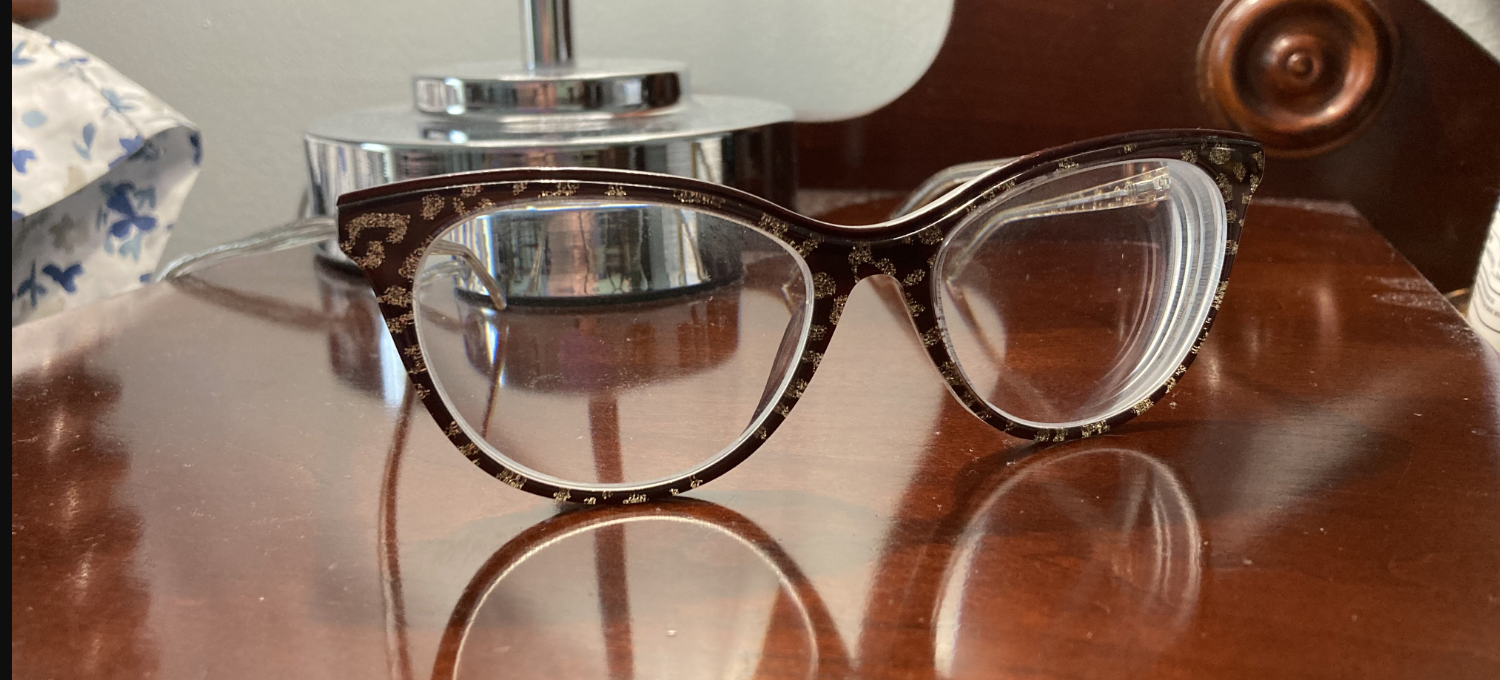It’s a common scenario. A dedicated student stands in front of me, playing a piece for adjudication. Rhythmically, it’s perfect. All the notes are correct, but there’s very little dynamic range, and the sound…it’s small, tight, glassy. The conversation that follows usually goes something like this:
“Can we try something in this movement?” I might say.
“Yes!” says the student. Always. This is a good, dedicated student, ready to try all concepts!
“What would happen if you tipped the headjoint forward a bit?” I ask. “Just roll it a tiny bit forward and give me a faster air stream.”
Now that good, dedicated student looks a little cagey.
“But…won’t that make my sound airy? I’ve worked so hard to make it clear!” is the panicked reply.
“Trust me,” I say.
You see, I had the same sort of experience at orchestra camp when I was 15. As a middle school beginner, I heard over and over that I had an airy sound, so I worked as hard as I could do fix that, and what I wound up with was a thin, very controlled sound with none of the harmonic vibrance that could and should be there. Luckily, I had two good and understanding teachers that summer to provide both the materials and concepts I’d need to up my game, tonally speaking, and to inspire me with their own amazing, rich sounds.
I think that clarity of tone is a myth, and a dangerous one. For a sound that carries, that can cut through a band or an orchestra with ease, that can have the full range of dynamic and timbre possibilities, we have to give up a little bit of that false feeling of control that comes from creating a tone that sounds clear to the player. Here are a few things I do to help my students learn to make a rich, vibrant sound.
- First, they have to learn to listen. I generally will teach a very basic long tone exercise within the first month or so of lessons, and we use it as a vehicle to learn to listen for a steady air stream, for pitch, and for tone quality. It also helps to cement a student’s memory where new fingerings are concerned.
- Harmonics are key. I use a variety of different exercises to teach harmonics—it honestly doesn’t matter what the form of the exercise is, only that it’s done. I find that harmonics are an excellent way to help a student understand about air direction, air speed and, again, listening to make sure that the note they want is the note they’re hearing.
- Hear the room. A good sound is often going to sound airy right at your face—teach students to listen to the whole room and hear what bounces back to them, because that’s their real sound. Recording a student in the lesson and playing it back so that they can really hear what’s there is also helpful.
- Be willing to take a chance. Sometimes a note will crack, or if you’re trying to play really quietly, it might not speak. Teach students to be willing to take a chance. You can always refine your technique in terms of dynamic range and the beginning of sound, but fear of imperfection will sink your ship every time. Nobody’s perfect, and they don’t have to be perfect, either.
- Imitate flutists whose sounds you love. I encourage my students to try to sound like Jasmine Choi or Emmanuel Pahud or Lizzo. Why not? It helps them to think about what makes the sound they love and it can start good conversations about support, openness and air supply.
There are so many things to cover in every single lesson, and it’s so easy to decide to put something off for another week to focus on a different aspect of playing. That said, literally everything is or could be a tone study—a study of big, vibrant, harmonically rich and stable tone, that is!


I really love this article. And the tips you suggested as someone who has played the flute for over 50 years I have never been happy with my tone. I have always thought it was Arie and the more I tried to make it clear the more I close my throat. Thanks for these exercises, and for the affirmation that you don’t have to have a crystal clear sound to have a beautiful sound
[…] The Flute Examiner (Jessica Dunnavant): I Can Hear Clearly Now […]